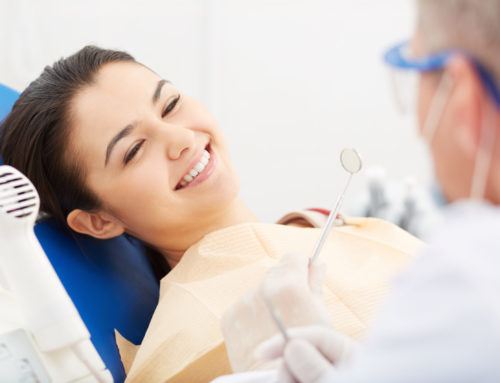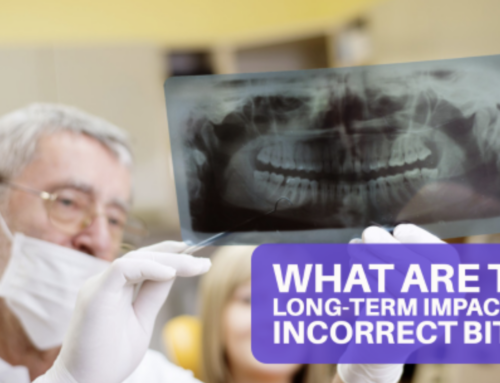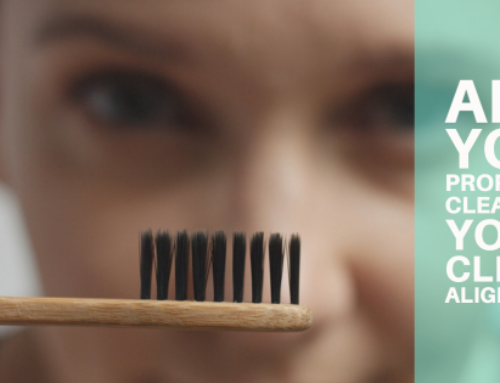According to the American Association of Orthodontists, about 4 million people in the United States wear braces. There is a rich history of how modern braces evolved into the massive industry they are now. Read on to learn about ‘cat gut’, early mouth guards and their use in burials, and the birth of modern braces.
Early Egypt
The first braces were found on Egyptian mummies made from animal skin and cording. This type of cord was called ‘cat gut’ and was fixed onto the teeth much like the wire braces are attached today.
1000 BC Greece
Some of the first orthodontics were seen in Greece around 1000 BC according to archeologists. An early type of mouth guard was used on the recently dead to keep their teeth from falling inward, which prepped the body for the afterlife.
Ancient Romans
Aulus Celsus went on record in ancient Rome about straightening teeth by putting pressure on certain points. While we don’t know much about what pressure was done, archeologists have found some Roman burials that have had gold wire on the teeth.
French Dentistry
Pierre Bourdet and Pierre Fauchard published two dentistry books between 1728 and 1757. Teeth straightening and orthodontics were discussed, even a ‘bandeu’ which was a sort of mouth guard to keep teeth where they were supposed to be.
Braces Begin
In the 1900’s, braces were starting to be used and the first modern-like set was from Christophe-Francois Delabarre in 1819. In 1843, Edward Maynard began adding elastics to the system to help with the alignment of the jaw.
Modern Braces
From wrapping wires around each tooth to bonding wire to one side of the teeth, modern braces evolved rapidly from the 1900’s. In the 1970’s, the breakthrough of having dental adhesives and stainless steel made everything change, and the actual modern braces set was formed. These changes made them less painful on the patient and less damaging to the teeth, allowing for a more comfortable and long-lasting correction.
Today’s braces are a far cry from ‘cat gut’, but the main goal still remains to keep the teeth straight and the bite in good condition. If you have questions about braces, give our office a call. We’re here for your dental needs.



